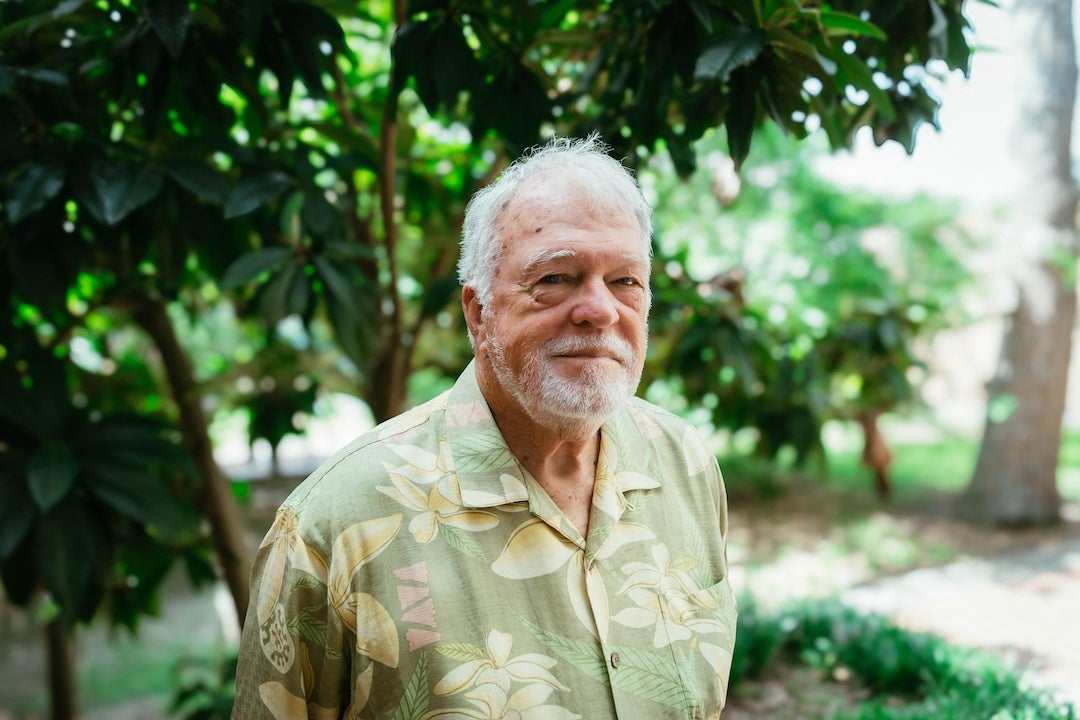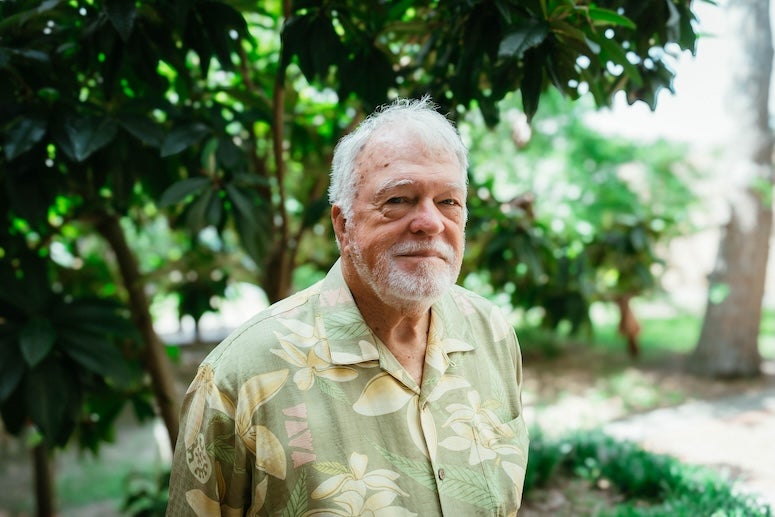
For John B. Anderson, the Gulf Coast is personal. The W. Maurice Ewing Professor Emeritus of Oceanography at Rice University spent his early years on Alabama’s Fort Morgan Peninsula, where his father was a party boat fisherman. That lifelong connection to the region, combined with a decades-long scientific career, has culminated in his newest and most urgent book: “Gulf Coast Demise? Climate Change, Conservation and Saving the American Sea.”
“This is my last pitch,” Anderson said. “The situation is desperate. I have grandchildren in high school and college, and when they’re middle-aged, the problems they’ll be dealing with on the Gulf Coast could be insurmountable.”
Anderson’s new book is not a textbook. It’s a powerful synthesis of decades of research, made accessible for land managers, park rangers, educators and anyone concerned about the coast’s future. Drawing on a career that spans more than 35 years of fieldwork, Anderson outlines the dramatic impacts of climate change and human interference on one of the country’s most ecologically and economically vital regions.
Anderson and his students have acquired core samples across multiple coastal environments from the Rio Grande to Florida, revealing a chilling reversal from millennia of coastal stability and growth. Where barrier islands, peninsulas and wetlands once thrived, there is now accelerated erosion, land loss and inundation.
“The Mississippi Delta will be virtually gone by 2050,” Anderson said. “Western Louisiana’s Chenier Plain and the Florida Everglades — critical ecosystems — will also be largely submerged. That’s just 25 years from now.”
Anderson said the primary driver of this rapid degradation is sea level rise, which has accelerated dramatically due to climate change. But it’s not the only culprit.
“Human intervention has made it worse,” Anderson said. “We’ve altered sediment supply from rivers, diverted natural flows and built on vulnerable land without understanding the long-term consequences.”
The decline of barrier islands and wetlands has consequences beyond the aesthetic. These natural formations serve as critical buffers against hurricanes and storm surges.
“We’re seeing bigger, wetter storms that intensify rapidly due to warming ocean temperatures,” Anderson said. “And they’re hitting more inland areas, where populations and infrastructure aren’t prepared.”
He warns that industrial centers like Freeport and the Galveston Ship Channel are extremely vulnerable.
“These facilities were never built with today’s climate in mind,” he said. “The storms we’re seeing now give communities less time to evacuate and leave far greater destruction.”
Beyond human infrastructure, the region’s ecosystems are collapsing. Bayhead deltas — nutrient-rich zones at the upper ends of estuaries like Galveston Bay — are rapidly retreating.
“These and other wetlands are nutrient factories for the Gulf,” Anderson explained. “They support fisheries, carbon storage and water quality. We don’t even fully understand the impacts of their disappearance yet.”
As one of the few scientists to bridge research in both the polar regions and Gulf Coast, Anderson brings a unique perspective to coastal change. His work in Antarctica has focused on ice sheet changes and sea level history, giving him a deep understanding of how climate dynamics shape coastal systems over time.
In this new book, Anderson delivers a pointed message: Without major reform in how Gulf Coast states approach climate resilience, the coast as we know it is doomed.
“Louisiana, for all its problems, has at least acknowledged the science,” Anderson said. “They bring in national experts, invest in restoration projects and publish regular reports. Texas, on the other hand, has resisted scientific oversight and continues to downplay the threat.”
Still, Anderson sees hope in emerging programs at Rice, the University of Texas and other institutions.
“We’re building a core group of scientists who can lead the response,” he said. “But it’s going to take significant changes.”
Anderson wrote the book for an educated general audience, not just fellow scientists. Illustrated with more than 100 figures and maps, it aims to convey what decades of peer-reviewed research have revealed: The Gulf Coast’s current trajectory is unsustainable.
“I’m not trying to make money,” Anderson joked. “I’ve spent more buying copies to give away than I’ll ever make. But if people read it and if policymakers read it, maybe we’ll have a chance to save what’s left.”

